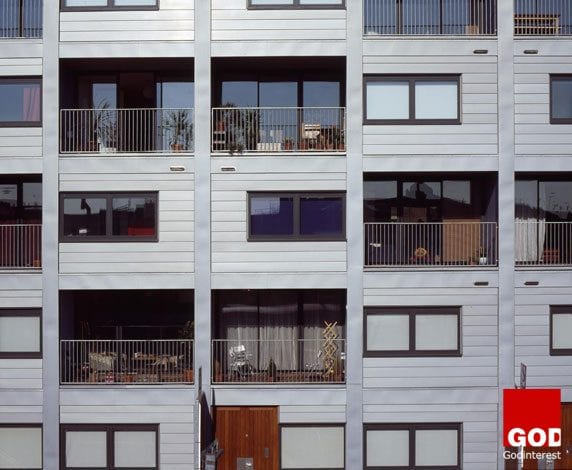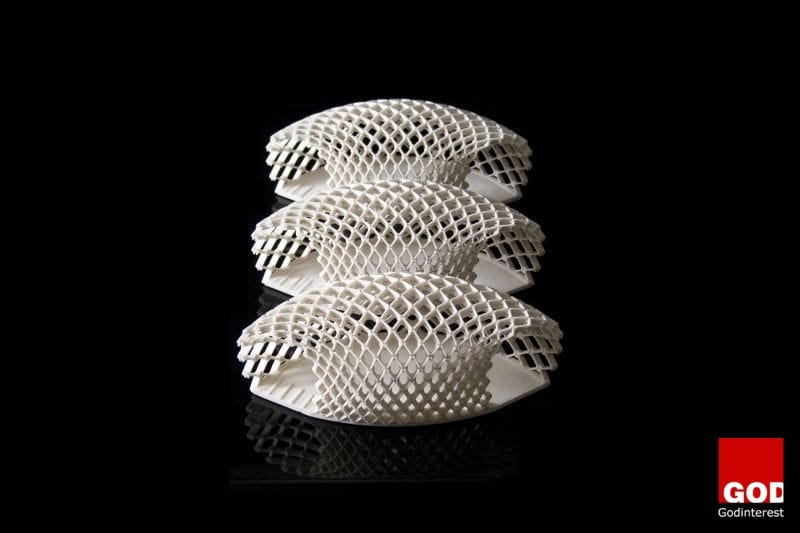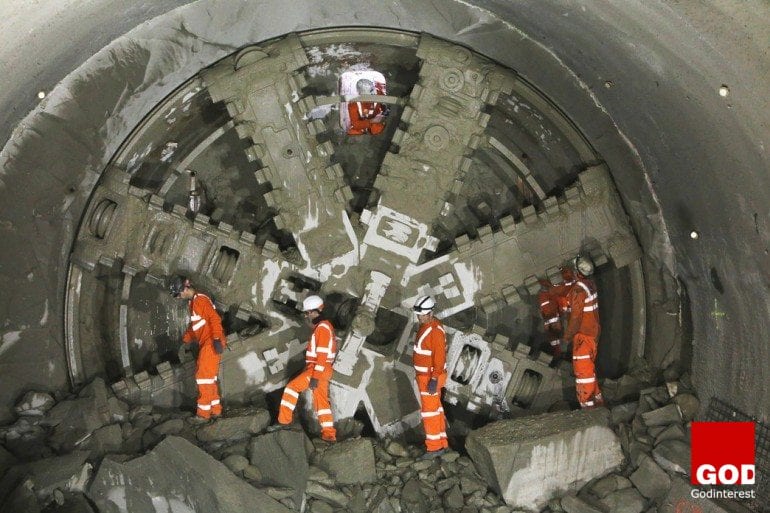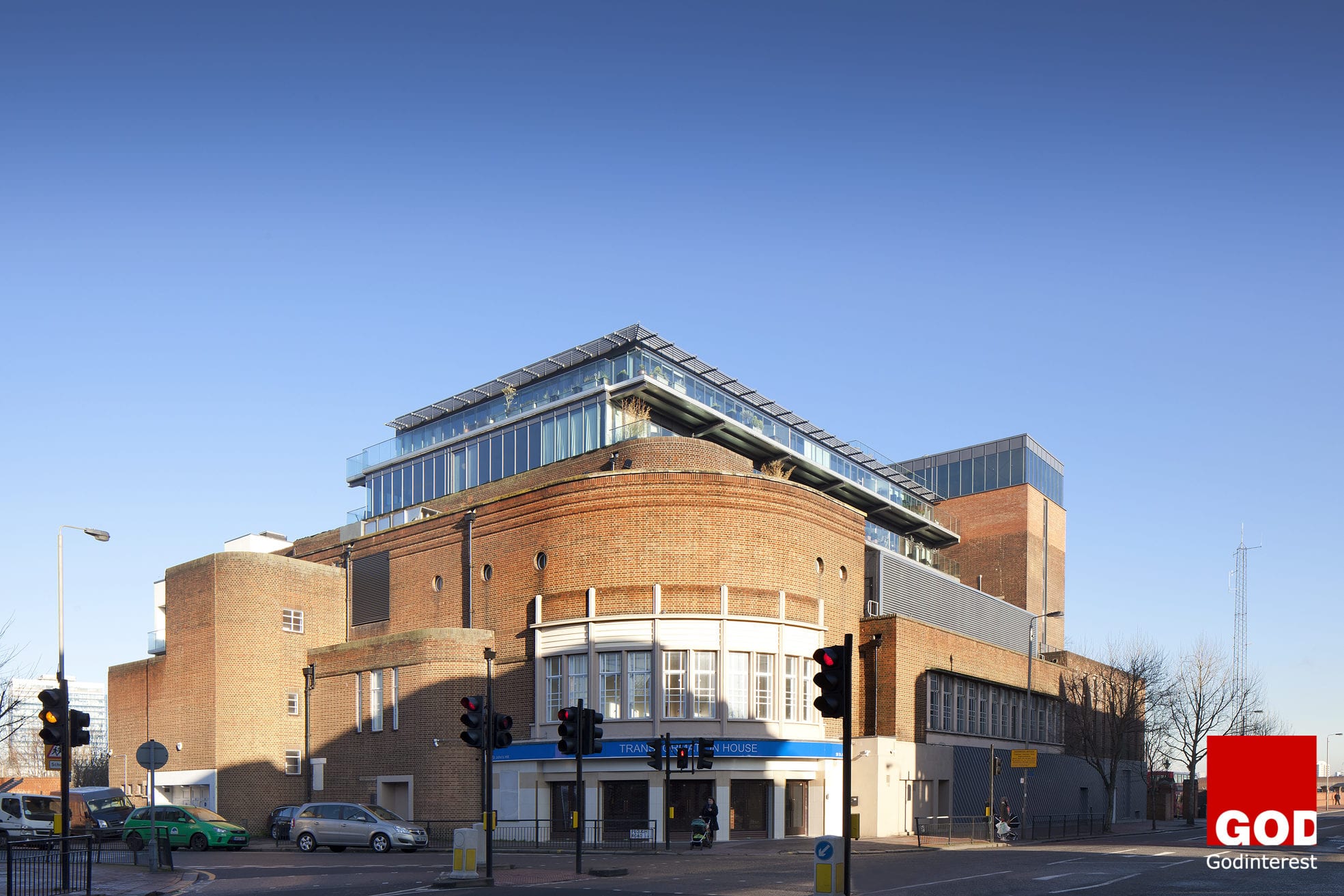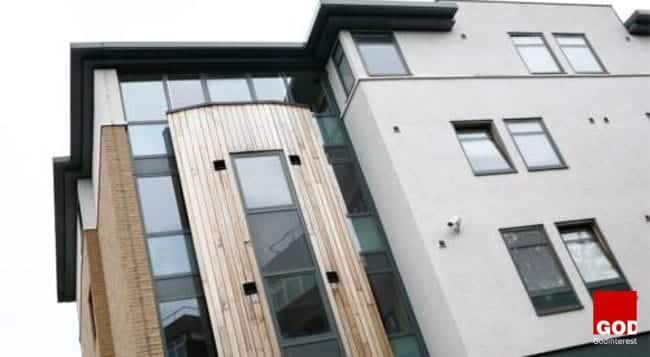Raines Court, Hackney
Protected from the weather and supported by industrial control systems, factories can produce a range of components from simple panels to fully fitted-out modules which are ready to be assembled on site. And here is where the arguments start: advantages include more consistent working conditions and therefore better quality of performance and finishes, less wastage of materials, fewer journeys to site, less disruption of the local neighbourhood, faster construction times, better health and safety. These are some of the benefits which factory built homes can bring.
“If we don’t keep investigating prefab, we risk squandering a lot of resources and not delivering enough housing.” says Andy Matthews of architect Proctor & Matthews.

An extended experiment into the potential for delivering high-quality housing through off-site construction methods Raines Court is one of the largest prefabricated schemes built to date in the UK. Raines Court consists of 61 shared ownership flats (11×3-bed, 41×2-bed, 1×1-bed plus 8 x live/work units) for public sector key workers and local people in Hackney on moderate incomes on the site of the former dairy products distribution yard on Northwold Road, Stoke Newington. The main components are modular units complete with fixtures and fittings, tiling, bathrooms, kitchens, heating, transported by lorry from York and craned into position. With its steel-framed modules, zinc-clad façade and splashes of vivid colour, Raines Court wears its modular form proudly.
Public opinion is divided on its success as a result of this but it has won several architectural awards and there is no doubting the generous layout and provision of the flats.
At six-storeys in a largely low-rise neighbourhood, the scheme is a radical, bold insertion that establishes a civic presence.
This estate was the second Peabody development constructed using prefabricated modules manufactured and was completed in 2003.
Client: Peabody Trust
Architect: AHMM
Structural Engineer: whitbybird
Contractor: Wates
Principal Supplier: Yorkon
Completion: 2003
Cost: £8.9 Million
Awards:
British construction Industry Awards: Best Practice 2004
Housing Design Award 2004
RIBA Award for Architecture 2004
Housing Design Award 2001
Housing Forum Demonstration Project 2001
Old Montague Street Student Accommodation
London needs over 30,000 new homes every year for the next 15 years to keep up with the demand from the people who wish to live and work in the city. Despite good housing output, figures published by the GLA show that there is a huge deficit in the number of affordable homes being produced, particularly larger homes.
A shortage of bricks is often cited as the main reason why developers are looking at new methods of construction to answer the demand for new homes. But brick is a major part of the London urban environment; planners often insist on this most familiar of materials, homeowners love its solid dependability. Therefore masonry is also becoming a modern technology to overcome the lack of skilled craftsmen available. Several companies have developed brickslip cladding systems which look like solid brickwork but need much less skill to install. Glued brickwork is another innovative approach introduced from Europe whose thin mortar joints produce a new sharper continental aesthetic.

Old Montague Street Student Accommodation
This Hall of Residence containing 219 Study bedrooms is set in the vibrant east end of London, just a few minutes walk from the Whitechapel Road the famous Brick Lane. The scheme consists of cluster flats of 6/7 bedrooms each sharing a kitchen, arranged over three floors above basement and ground floor commercial and ancillary accommodation. Provision of a formal courtyard for all access together with the vertical grouping of amenity space is an inherent part of the design. The accommodation is composed of offsite prefabricated pods which were brought to site finished with all fittings and fixtures clad with thin brick slip cladding.
Clients: Shaftesbury Housing Group and The London Institute
Architect: T P Bennett
Principal Supplier: Hanson Plc
Location: Don Gratton House, 82 Old Montague St, London E1 5NN
9 Suggestions for Overcoming Barriers to Good Design When Using Modern Methods of Construction (Mmc)
The term ‘Modern Methods of Construction’ (MMC) embraces a range of technologies involving various forms of prefabrication and off-site assembly.
MMC is increasingly regarded as a realistic means of improving quality, reducing time spent on-site, improving on-site safety and addressing skills shortages in the construction of UK housing.

The variety of systems now available potentially allows the designer enough choice to sidestep problems deriving from constraints posed by the use of any one method. MMC systems, from closed-panel timber framed systems to bathroom pods are a palette from which designers can make choices. They are not necessarily stand-alone solutions that anticipate all the needs of an individual site and can be mixed and matched as appropriate.
These limitations are not obstacles to achieving the good design in MMC-based schemes, but may hinder the incorporation of more complex and innovative types of MMC from which greater overall benefits may be obtained which are considered under the following headings:
1. COST UNCERTAINTY
There is no doubt that, given products of comparable performance the key issue in purchases of MMC construction systems is the price. At present not enough is known about the potential costs of using volumetric and closed panel systems to enable confident specification at an early date. This inhibits designers from exploring the full potential of MMC systems. This is particularly true of the less repetitive, small, one-off scheme, where a smaller margin of benefits is gained from using MMC. The principal barrier to the uptake of MMC, therefore, seems to be the perception of cost uncertainty with respect to using more complex systems. Without doing substantial project-specific research, consultants and their clients simply do not know with enough degree of certainty how much the volumetric or closed panel systems are likely to cost, and what would be the savings to overall project costs produced by potential speed gains to offset against increased capital expenditure.
This is due to the complexity of assessing the ratio of cost of repetitive elements where pricing is relatively straightforward to the cost of adjusting elements or building in another method for the abnormal condition. Decisions to use innovative systems are likely to be made once designs are well progressed to enable teams to be more certain of costs. This can increase the potential for change or result in design compromise as the designer attempts to incorporate the specific limitations of a particular system in their design.
In an attempt to improve this situation, the MMC consultant and or clients could pull together a directory of MMC expanded to include cost comparison data. The huge range of variables involved inevitably makes this difficult, but a database of current construction cost information would be an invaluable resource.

2. PLANNING PROCESS AND EARLY COMMITMENT TO A SYSTEM
The time it can take to obtain planning permission has obvious implications both for project cost but also, in some circumstances, for architectural design innovation.
Most of the more complex types of MMC have an impact on dimensioning, the choice of external finish and detailing may have some effect on the buildings mass. Therefore, the construction system should be chosen prior to a planning application to avoid abortive work, redesign or amendment, or even resubmission for planning permission.
However, developers whose money is at risk, frequently hold off deciding on the construction technique until the last practicable moment, in order to get any advantage from fluctuations in material or component pricing.
Given the potential for lengthy duration of planning applications, this means that there is little incentive to prepare initial designs for planning with a prior decision to incorporate MMC firmly embedded. In cases where the developer has a financial or business link with the supplier, this is less likely to be the case. As the majority of commercial or residential developments involve some kind of arrangement with a developer, agreement on construction systems is often left to the stage after planning.
3. TIME INVESTMENT
Another very significant factor is the time investment required at the early stages of projects. This is needed to develop the design when the project is still at risk. There is a direct relationship between the scale and complexity of MMC component and the amount of time required to develop a design at an early stage.
The introduction of advanced or complex MMC techniques into the design process is potentially costly to the design team. A significant amount of research is needed to explore alternative systems, to obtain verification of suppliers’ credentials, investigate mortgage and insurance issues, visit previous sites, talk to system suppliers, obtain technical performance guidelines, understand junctions and interfaces, coordinate other consultants, obtain building control input and so on.
For a consultant, the only way of investing in this research is either through timely payment of increased fees by a visionary understanding client or through the anticipation of increased future productivity through repetition when a project is phased, or large enough, or likely to be followed by another similar project.
The potential of learning a system and then being able to repeat lessons learned efficiently is a powerful incentive for both client and consultant. By contrast, HTA’ s project at Basingstoke is an example of a phased project with a three to four-year duration allowed the design team to repeat various elements of the design, and the manufacturer to develop improved solutions to technical and supply problems.
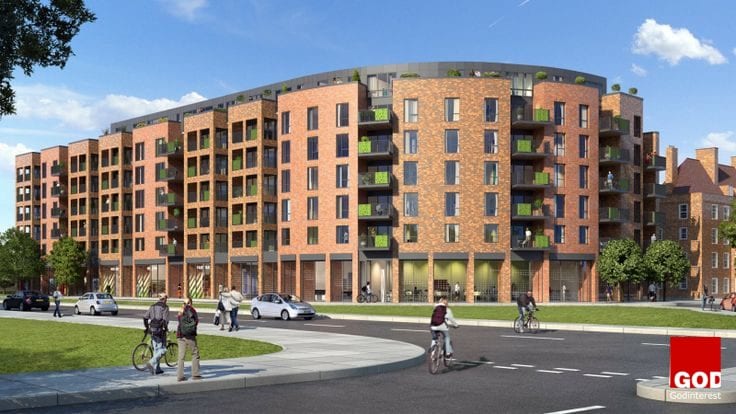
4. INSUFFICIENT COMMUNICATION
Improved dialogue at the outset of the project is vital if design quality is to be maximised. Constraints and opportunities implicit within a particular system are more easily incorporated into design if partners communicate pre-planning. Increased early communication can be fostered through improved long-term partnering relationships.
Clients should also partner with a range of suppliers and architects so that choice and flexibility is not restricted.
5. INEXPERIENCE
Generally, the inexperienced client or design team will have to do more research, with the result that there is likely to be significant design development without a specific system being incorporated.
This is a disincentive to using a more complex system involving a higher proportion of MMC, where early decision making and knowledge of a system’ s capabilities have a decisive influence on the nature of the architecture. However, encouraging the take up of MMC through the use of a dedicated funding mechanism may assist clients in finding time for research into suitable MMC techniques.
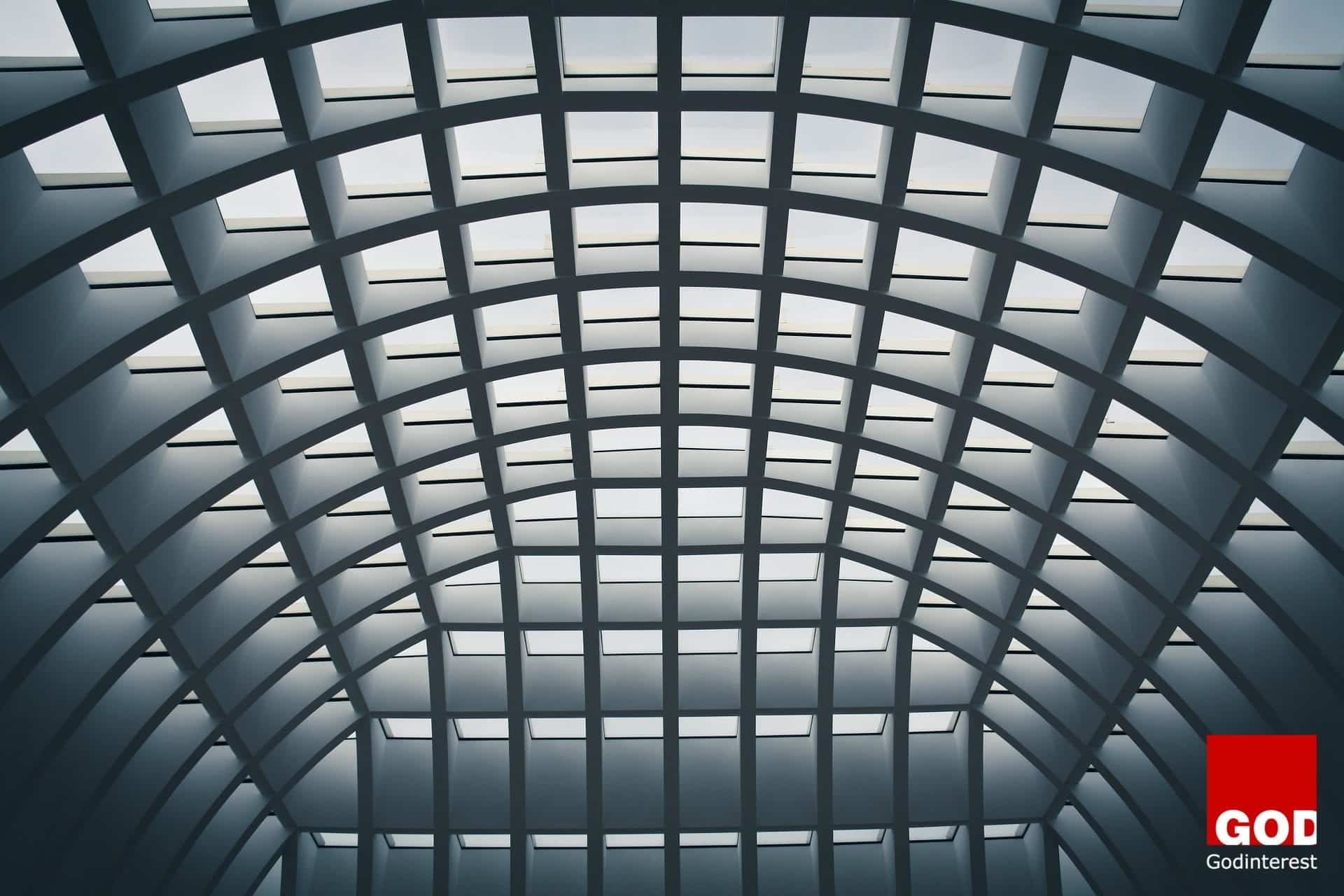
6. SUPPLIER’S ROLE
Site capacity studies and early stage pre-planning design studies could be undertaken directly by system suppliers on behalf of clients, cutting out the usual procedure of commissioning design work by independent consultants.
7. ASSUMPTIONS
There are a number of assumptions that are generally held about certain types of MMC that may have been valid at one time but are no longer true today. There is a need for reliable and up to date information comparing system criteria, performance data, timescales, lead in times, capacity, construction time, sequencing issues, limitations, and benefits.
Therefore it would be helpful if a forum for discussion and experience exchange was set up.
8. DEMONSTRATING THE BENEFITS OF MMC
There is still a large amount of skepticism about the need to go very far down the line with MMC. This is reflected in the acceptance of the desirability of maintaining or indeed enhancing the pool of traditional craft skills throughout the UK.
A balanced view is that there is a demonstrable need for the wider use of MMC which is recognized by both industry and government. The best way for clients and the public generally to become more confident and knowledgeable about the quality of design achievable through MMC is to see it demonstrated.
9. FINANCIAL INCENTIVES
There is no doubt that spreading the burden of investment through the life of a project helps to ensure a higher standard of specification and hence quality. In the Netherlands, a ‘ Green Financing’ system has been developed by the Dutch government that provides favorable loan finance when certain sustainable standards are reached. In the UK, the Gallions HA has pioneered a study of this, based on a scheme in Thamesmead, ‘ the Ecopark project’.
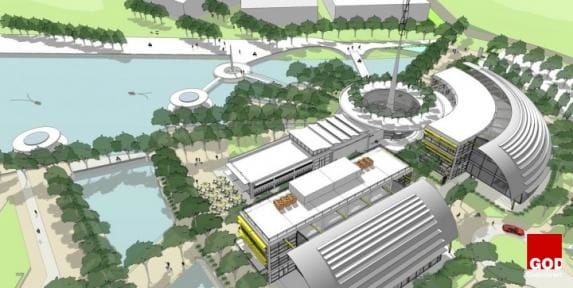
Straw Now Offers a Simple and Effective Home-grown Solution to the Uk’s Housing Needs
Hey, fancy buying a straw house? Straw-bale construction is a building method that uses bales of straw as structural elements and building insulation. These environmentally friendly homes use prefabricated timber-framed walls that are packed with straw bales and are the result of an engineering research project led by the University of Bath.
Straw houses have been built on the African plains since the Paleolithic Era and are on sale on the open market for the first time in the UK after becoming eligible for standard mortgages.
Don’t be Surprised if the Big Bad Wolf Comes Calling
Though straw walls might be most readily linked to a story of pigs making the wrong construction decisions, the team behind these homes says the material offers real potential for ultra low carbon housing throughout the UK.
Compressed and Plastered Straw Bale Walls Are Also Resistant to Fire

Researchers stressed that it is a safe and robust construction material, boasting environmental advantages such as insulation efficiency that reduce energy bills by up to 90%
Building with Straw Could Be a Turning Point in Our Trajectory Towards a Low Carbon Future
Until now the Straw homes have been used for bespoke building projects and financed through specialist lenders but now a row of straw houses in Bristol have become the first to secure building certification making them eligible for a standard mortgage.
You Can Huff and Puff but These Houses Won’t Blow Down!
“I believe there’s a lot of misconception about using straw — stories about the Three Little Pigs and the Big Bad Wolf,” Professor Pete Walker told the BBC.
The only hint this new construction method is a ‘truth window’ in each property where a section of straw wall will be visible through a window. Although these are not the first houses in the UK to be built using straw bales, they are the first to be built for any buyer on the open market.
The researchers worked with specialist architectural firm Modcell.
The houses are on a street of traditional brick-built homes in Bristol and are covered in brick to fit in with the surroundings. The team says this development should help move building with straw to the wider market.
As part of this EU-funded project, Prof Walker and his colleagues have systematically tested and refined the technology – including testing its structural and weight-bearing properties, and its thermal insulation.
Facts
- Straw is the leftover stalks from cereal crops
- Four million tonnes of this leftover straw is produced every year by the UK
- According to the Agricultural and Horticultural Development Board it takes about seven tonnes of straw to build a three-bedroom house
- There is potential to grow the material for more than half a million new homes every year in British fields.
These are the first straw-bale homes built speculatively for the open market a very exciting time for this building technology, as the more we build out of renewable materials like straw and timber, the less carbon will be in the atmosphere, so we can reduce climate change effects.
About Dean Jones
Dean is an Associate in AECOM’s Programme Leadership Practice. Dean joined AECOM from Care UK, the UK’s largest independent provider of health and social care, where he was a Programme Manager and delivered a £250m investment growth programme over 2012/15 which increased Care Uk’s number of homes circa 33%. Dean was also Programme Manager for a £60m Suffolk programme to build ten new care homes and ten day clubs, bringing much needed additional nursing and specialist dementia care to the Suffolk community.
Prefab Comeback
Prefab housing suffers from bad stigma due to the fact that some people saw the prefabs as ugly and characterless, and were afraid they would become slums – hardly the promised housing fit for heroes following the second World War. However, building homes from pre-made parts can save time and money. The term prefab or prefabrication often evokes thoughts of poor construction, substandard living conditions and a long-standing “temporary” solution.
Prefab dwellings are making a comeback driven by a lack of affordable housing, a rapidly growing economy and changing demographic trends.
Methods Methods of Construction (Mmc) Offer Significant Potential to Minimise Construction Costs
The term ‘Modern Methods of Construction‘ refers to a collection of relatively new building construction techniques that aim to offer more advantages over traditional construction methods. Off-site construction (OSC) is a modern method of construction, based on off-site manufacturing of building elements.
With exponentially lower construction costs, quicker construction, reduced labor costs and having the ability to achieve zero defects, MMC is gaining a lot of attention as the potential answer to the UK’s housing crisis.
In a valiant attempt to strip away prefabricated housings’ bad rep are MMC with contemporary sleek designs, and constructed to withstand the test of time. MMC housing has the capability to deliver both quality and quantity housing to the tune of ‘ £50,000 per unit.
MMC units hold the promise of being extremely energy efficient and environmentally sustainable. Many versions of MMC take into account how to utilise natural resources and reduce each unit’s carbon footprint. In addition, MMC also addresses environmental concerns by creating much less waste than a standard brick-and-mortar project. While it is plausible that a traditional build could hire a waste removal company who would have the ability to recycle up to 90 percent of the construction waste; with MMC projects, this will automatically happen.
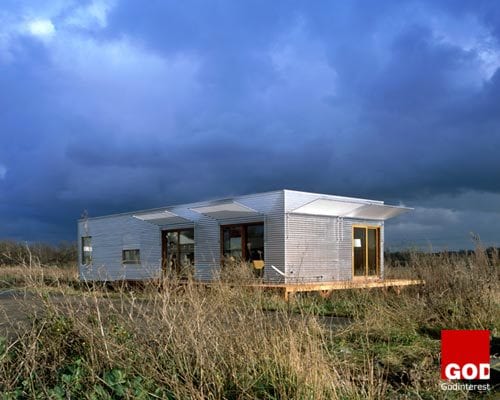
There have already been a number of successful examples of MMC housing constructed in various parts of the United Kingdom. The M-house (pronounced “mouse”) is designed and constructed to last an upwards of 100 years. While Architect Alford Hall have created quality MMC apartment buildings proudly showcasing a patio and private entrance for each flat.
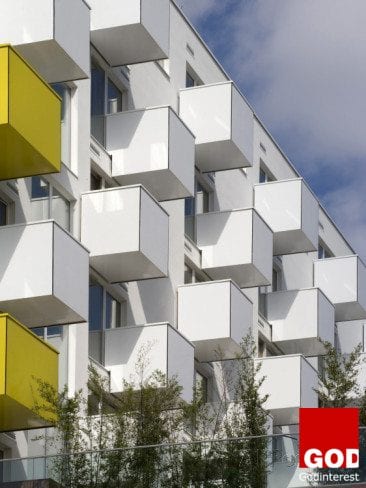
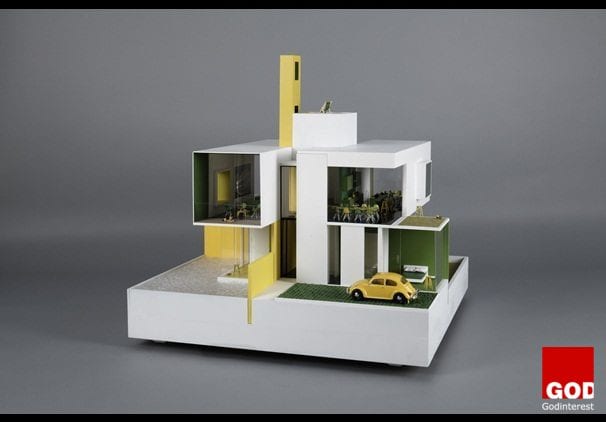
While many of the MMC homes are still in their early years the upkeep and maintenance will be reduced by 50% since the OSC process lowers the risk of non-conformities.
MMC homes are being fabricated and designed to accommodate many different lifestyles, such as, two-story homes, tall six-story apartment buildings, single-family homes and log cabins are all available options for families looking at MMC.
While there is a plethora of design options available all MMC OSC projects have a common theme. The internal workings of the homes are fabricated off-site, while only the “outer skin” comes to fruition on-site. To even further streamline the process, it has been suggested that having a “catalog of pre-selected materials increases supplier relationships and makes the design process more streamlined.”
With the small sample available with progressive MMC systems, it is currently reasonable to conclude that using modern methods of construction to build homes can cost more than traditional home building procedures; due to the need for specialised MMC design consultants. However, outside of costs, MMC remains a faster home building method than traditional brick and block house building and is slowly becoming a relevant front-runner to answer the UK’s housing shortage.



